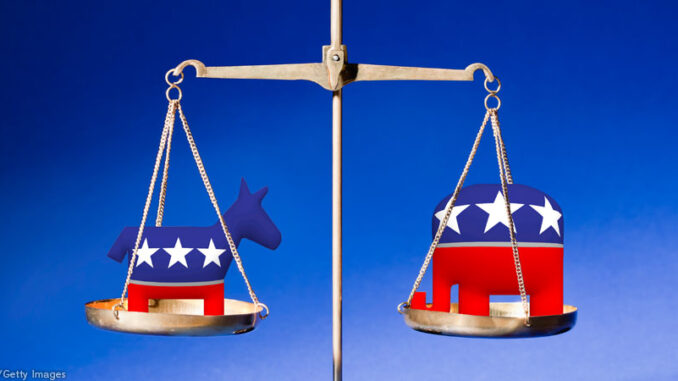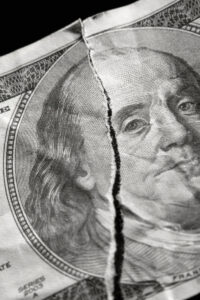
For the first time in seventeen years, the U.S. government is in the midst of a shutdown. This means that a number of federally-funded programs and services have been suspended and its workers “furloughed.” Furloughted workers are not allowed to work or get paid until the shutdown has been resolved and the continuing resolution that authorizes federal payment of their salaries gets approved.
Programs and Services Affected
During crises such as this shutdown, federal government jobs are divided into two categories–essential and non-essential. Among the essential jobs are the active duty members of the Armed Services, postal workers, air traffic controllers and those who work with nuclear weapons and power.
Jobs at tourist destinations like the national parks, museums, and the National Zoo in Washington, D.C. are considered non-essential. Many departments, however, have some combination of essential and non-essential workers. For example, at the Department of the Treasury, the money printers and engravers will go to work while the winery inspectors will stay home.
Since there a large number of government jobs located in Washington D.C., the local economy (hotels, restaurants, gift shops and other retail businesses) are expected to lose $220 million a day in revenue.
Who’s to Blame?

The U.S. government has experienced a total of seventeen shutdowns in its history. The most recent was in 1996 and lasted a total of 28 days. During that shutdown President Bill Clinton and Congress were in conflict over funding in the federal budget for education, the environment, Medicare and public health. Generally speaking, the biggest source of friction for the current shutdown is the Patient Protection and Affordable Care Act (sometimes known as Obamacare).
The Republicans are focused on defunding elements of the health care reform laws or slowing down the start of the health care system that was passed into law back in 2010. Speaker of the House, Republican John Boehner said publically that he was disappointed that the President Obama refuses to negotiate. In response, the president said he was willing to continue discussions with Congress but would not react to threats over the debt limit.
The debt-ceiling crisis is another big issue that divides Democrats and Republicans. Every year, our government typically spends more money than it brings in. The gap is funded with bonds issued by the U.S. Treasury that can be bought by the public. Once the borrowing limit reaches a certain point, however, raising the “debt ceiling” must be approved by Congress. Right now, Democrats are generally in favor of raising the debt ceiling while Republicans are not.
Political Consequences
Both Democrats and Republicans have been quoted as saying they are “winning” the showdown. Recent news polls, however, suggest that Americans are frustrated because they think this disagreement should have been avoided. Both parties are viewed as unilling to compromise. Hard-line “Tea Party” Republicans are also taking a lot of the blame for these events, according to many news sources. This group strongly supports a reduction of the government spending and taxes. The actions of Congressman from both parties could greatly affect how people vote in the midterm elections.
